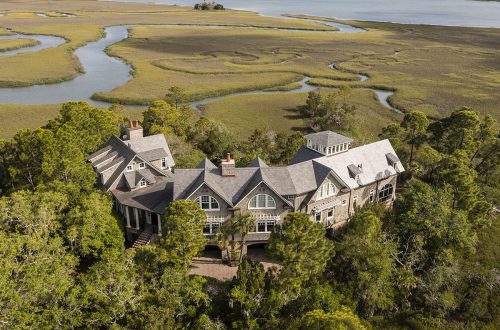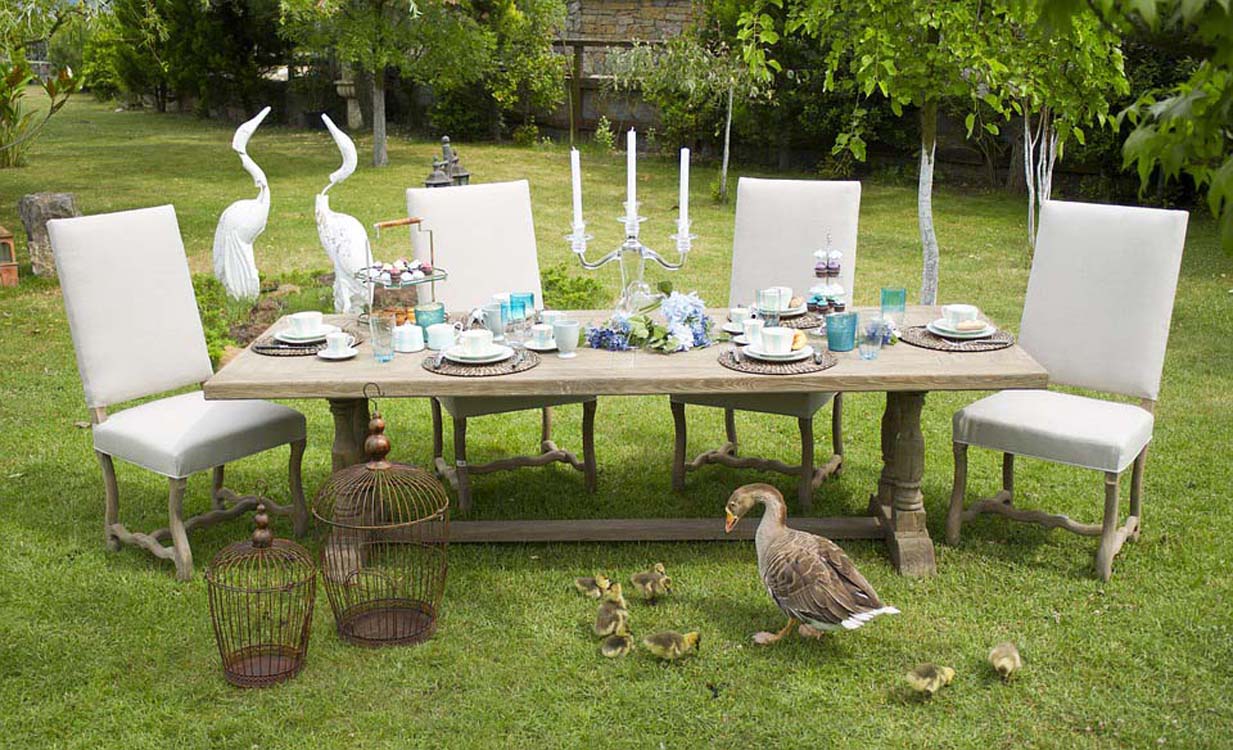
The Secret Behind Prime Pool Fencing’s Success: A Family Touch on the Sunshine Coast
In recent years, there has been a growing shift towards sustainable practices in landscaping as homeowners and businesses alike recognize the importance of minimizing environmental impact. Sustainable landscaping offers a holistic approach to outdoor design, focusing on conserving resources, reducing waste, and promoting biodiversity. In this article, we’ll explore the rise of sustainable landscaping and how it’s shaping the future of outdoor spaces.
Visit: https://primepoolfencing.com.au/ for more details
Water Conservation: One of the key principles of sustainable landscaping is water conservation. Traditional landscaping often relies heavily on irrigation systems that consume large amounts of water, leading to waste and environmental strain. Sustainable landscaping, on the other hand, emphasizes water-efficient practices such as drought-tolerant plantings, rainwater harvesting, and permeable paving materials. By minimizing water usage and maximizing efficiency, sustainable landscapes help conserve precious water resources and reduce the strain on local ecosystems.
Native Plants and Biodiversity: Another hallmark of sustainable landscaping is the use of native plants and promotion of biodiversity. Native plants are well-adapted to local climate and soil conditions, requiring less water, fertilizer, and pesticides to thrive. By incorporating native plants into landscaping designs, homeowners and businesses can create habitats for native wildlife, support pollinators such as bees and butterflies, and enhance overall ecosystem health. Additionally, diverse plantings help improve soil quality, prevent erosion, and mitigate the effects of climate change.
Green Infrastructure: Sustainable landscaping also encompasses the use of green infrastructure techniques to manage stormwater runoff and reduce pollution. Green infrastructure features such as rain gardens, bioswales, and vegetated rooftops help capture and filter rainwater, preventing it from entering storm drains and contaminating waterways. These natural filtration systems not only improve water quality but also enhance the aesthetic appeal of outdoor spaces, creating beautiful and functional landscapes that benefit both people and the environment.
Community Benefits: Beyond environmental benefits, sustainable landscaping offers numerous advantages for communities as well. Green spaces and natural areas contribute to improved air quality, reduced urban heat island effect, and enhanced mental well-being for residents. Sustainable landscaping practices also support local economies by creating jobs in the green industry and increasing property values. Additionally, community gardens and public green spaces provide opportunities for social interaction, education, and recreation, fostering a sense of connection and belonging among residents.
Conclusion: As the demand for environmentally friendly solutions continues to rise, sustainable landscaping is poised to play a crucial role in shaping the future of outdoor design. By embracing water conservation, promoting biodiversity, incorporating green infrastructure, and reaping community benefits, sustainable landscapes offer a greener, healthier, and more resilient approach to outdoor living. Whether in residential yards, commercial developments, or public spaces, sustainable landscaping represents a commitment to stewardship of the land and a brighter future for generations to come.





